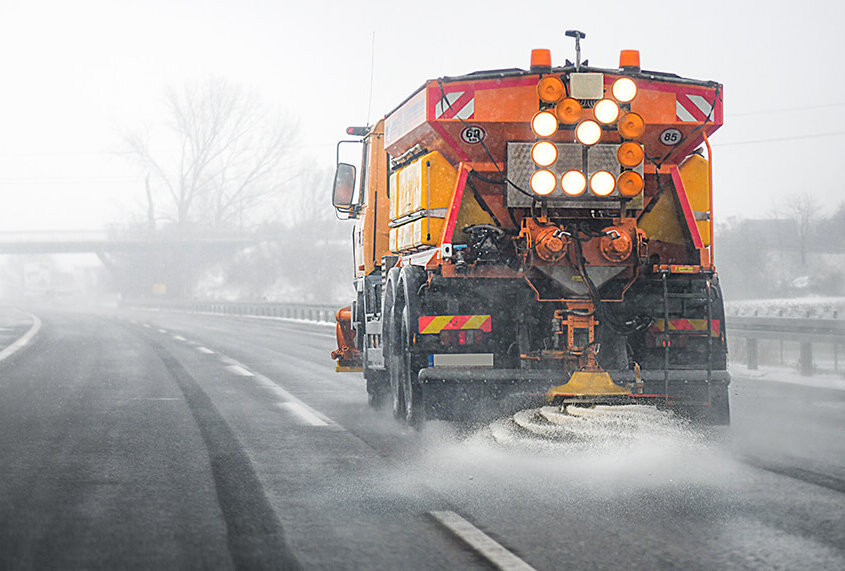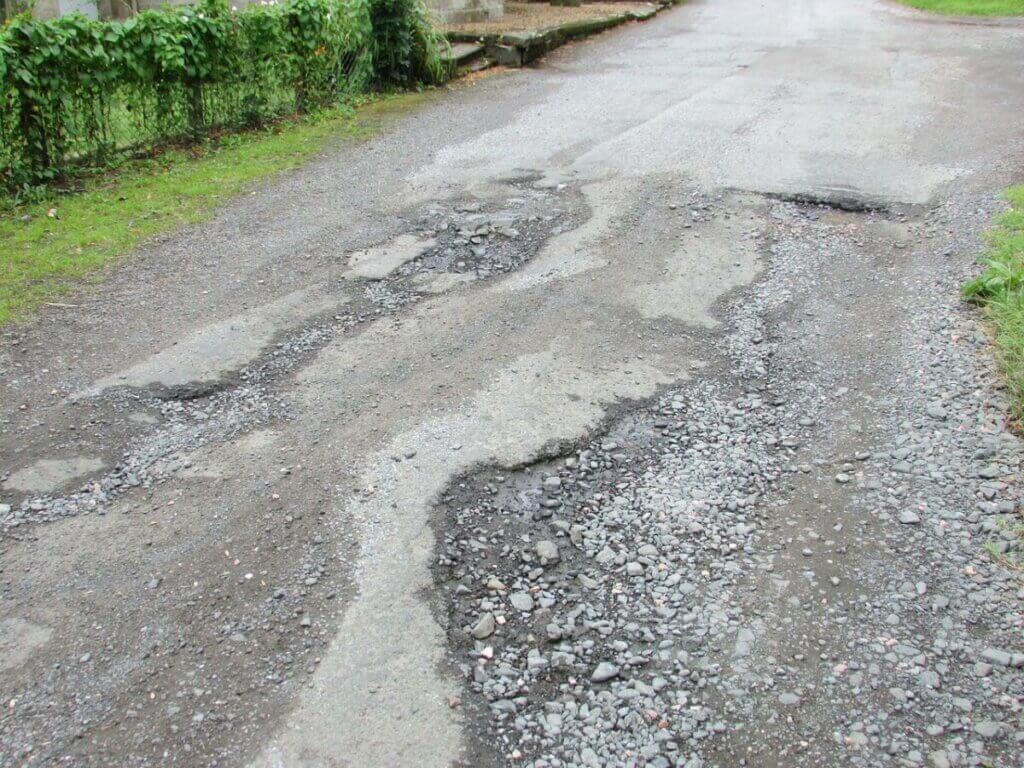Over the past few years, infrastructure has been a widely contested topic. Amidst the current challenges, how can infrastructure move forward?
Despite the many strategies and solutions to answering this question, the best place to start is by taking stock of infrastructure to better understand its condition. Condition assessments create the ideal foundation for progress by revealing the location, scope, and severity of issues. They are a starting point for planning and prioritizing preventative maintenance, repairs, and rehabilitation.
For decades, condition assessments were completed manually by trained professionals in a time and labor-intensive process. Even with a trained eye and the best intentions, the results were subjective and often conservative. Although manual inspections are still commonly implemented today, other technology-based methods are gaining momentum as more governments and businesses shift to data-driven decision-making.
Recent technological advancements, including the application of Artificial Intelligence, Machine Learning, sensors, and drones, offer a budget-friendly, efficient, and objective alternative to traditional methods. These automated approaches are transforming the way infrastructure is assessed and managed by creating a digitized version of assets with real-time and cloud-based data. Asset Managers can integrate the data into existing systems and leverage the digital platform to communicate with other decision-makers.
While technology can sometimes seem overly complex and expensive, the following companies are helping their clients make well-informed, data-driven decisions about the infrastructure assets they manage – while remaining accessible to governments and businesses of all sizes and budgets.
Hades.ai for Sewer Inspection
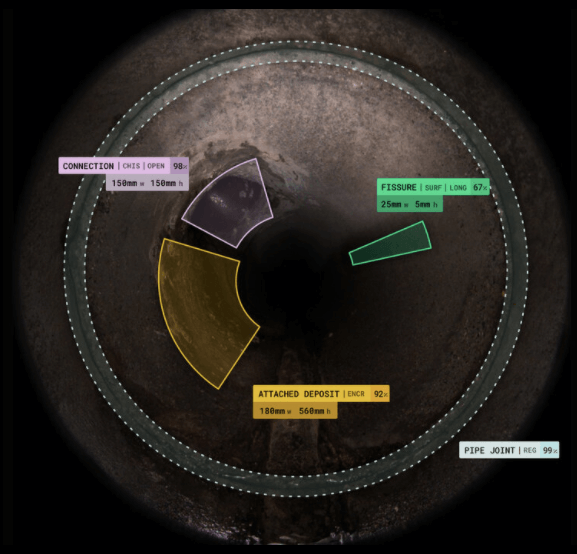
Using Machine Learning, Hades.ai automatically detects defects in sewer inspection videos and tells cities when and how to repair them. By providing cities with more accurate and objective data, Hades enables them to make smart decisions when maintaining their expensive infrastructure – saving tax money, reducing CO2 emissions, and wastewater leakages. In the city of St. Gallen, the 8th largest in Switzerland, Hades’ inspection was three times faster than traditional methods and had an immediate 23% ROI.
LifeSpan Technologies for Bridge Inspection
LifeSpan Technologies, headquartered in Atlanta, Georgia, has been furnishing advanced asset condition assessment data to infrastructure owners for over 17 years. LifeSpan, by deploying highly accurate sensing devices, generates the objective engineering data necessary for state DOTs and local governments to ensure accurate load ratings and Safely Extend the Asset Life of bridges.
“It’s all about saving taxpayers money”, says Peter Vanderzee, LifeSpan’s President and CEO. “We’re in an era where transportation funding is limited, so every dollar spent must be carefully planned to ensure taxpayers get the highest possible return on their investments”, he added.
In South Carolina, LifeSpan’s structural monitoring solution helped the state DOT safely defer – for almost 10 years – nearly $50 million for two bridge replacements, all for less than a $250,000 expenditure. In Midland County, Michigan, LifeSpan provided the engineering data to remove 4 restrictive load postings, saving local users $100,000 per year and supporting the safe deferral of $2.3 million in bridge replacement projects, all for less than a $50,000 expenditure. Once the data starts flowing, bridge engineers can use various statistical and related formulaic analyses to objectively determine the actual asset condition, rather than relying on subjective visual inspection protocols.
“To optimize an asset management program, objective data is step one”, added Vanderzee.
Aeriosense Technologies for Powerline Inspection
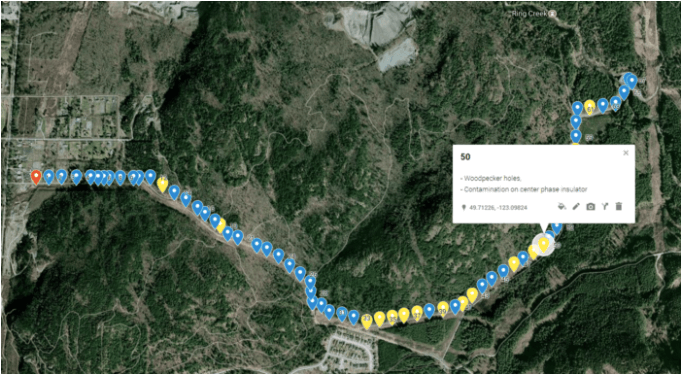
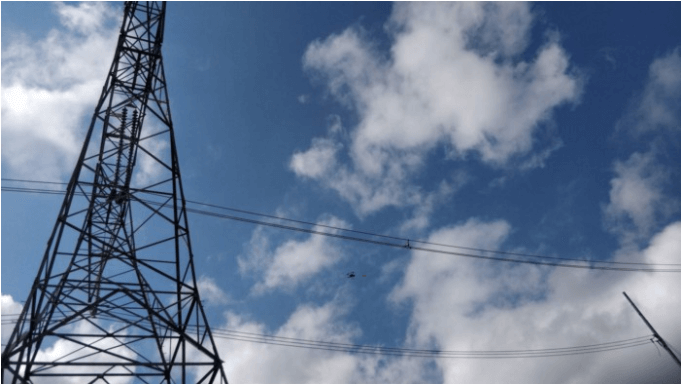
Aeriosense Technologies utilizes Unmanned Aerial Vehicles (UAV), otherwise known as drones, to collect imagery data of elevated infrastructure more safely and efficiently than traditional methods, such as helicopters or bucket trucks. The imagery is analyzed by Machine Learning to identify a specific set of anomalies common to powerlines. The data is then aggregated into a built-in reporting system that can be integrated into existing asset management software.
Aeriosense provides detailed flight plans, automated inspections, and objective data that can save clients up to 80% compared to conventional inspections.
RoadBotics for Road Inspection

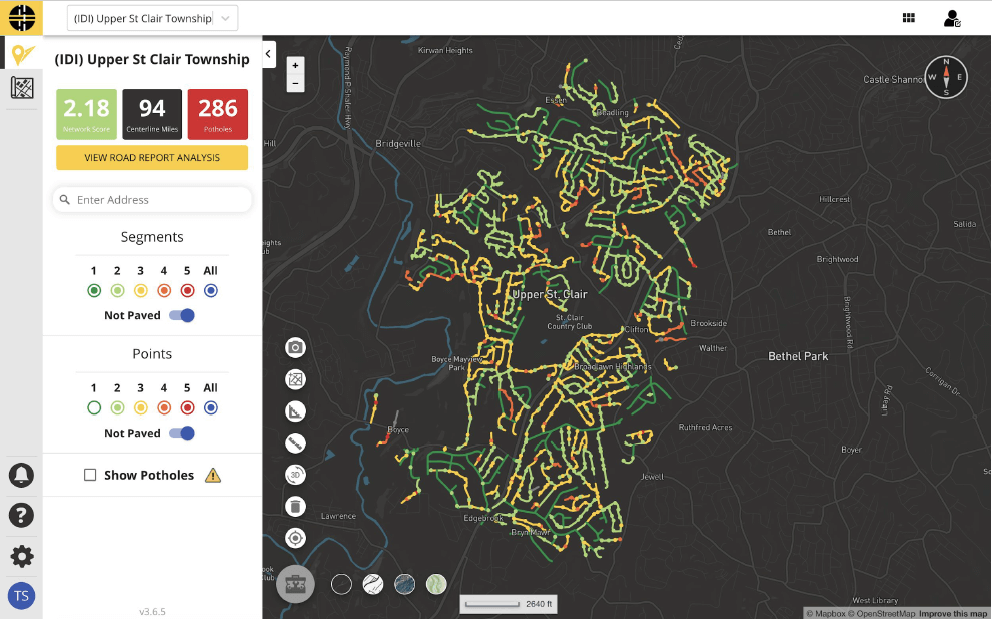
RoadBotics is a Pittsburgh, Pennsylvania, based technology company that is a leader in automated pavement assessments. In this objective and efficient alternative to traditional methods, data is collected via a smartphone, analyzed using Machine Learning, and displayed on a color-coded, GIS-enabled map called RoadWay where users can view, assess, and analyze road conditions at a desk or in the field.
RoadBotics recently completed a pavement assessment in Savannah, Georgia. Previously, the city utilized a team of interns to complete a manual inspection of their road network that took three years to complete. Frustrated by the long, costly, and subjective process, officials began utilizing RoadBotics technology. The assessment took three months and cost $50,000 less than their previous approach.
These companies, along with many others around the world, are laying the foundation for “rebuilding better” by offering technological alternatives to infrastructure condition assessments. With digital, objective, and integrated condition data as a starting point, governments and businesses can develop plans to systematically and cost-effectively manage and improve their infrastructure – stretching budgets, conserving resources, and moving infrastructure forward.



